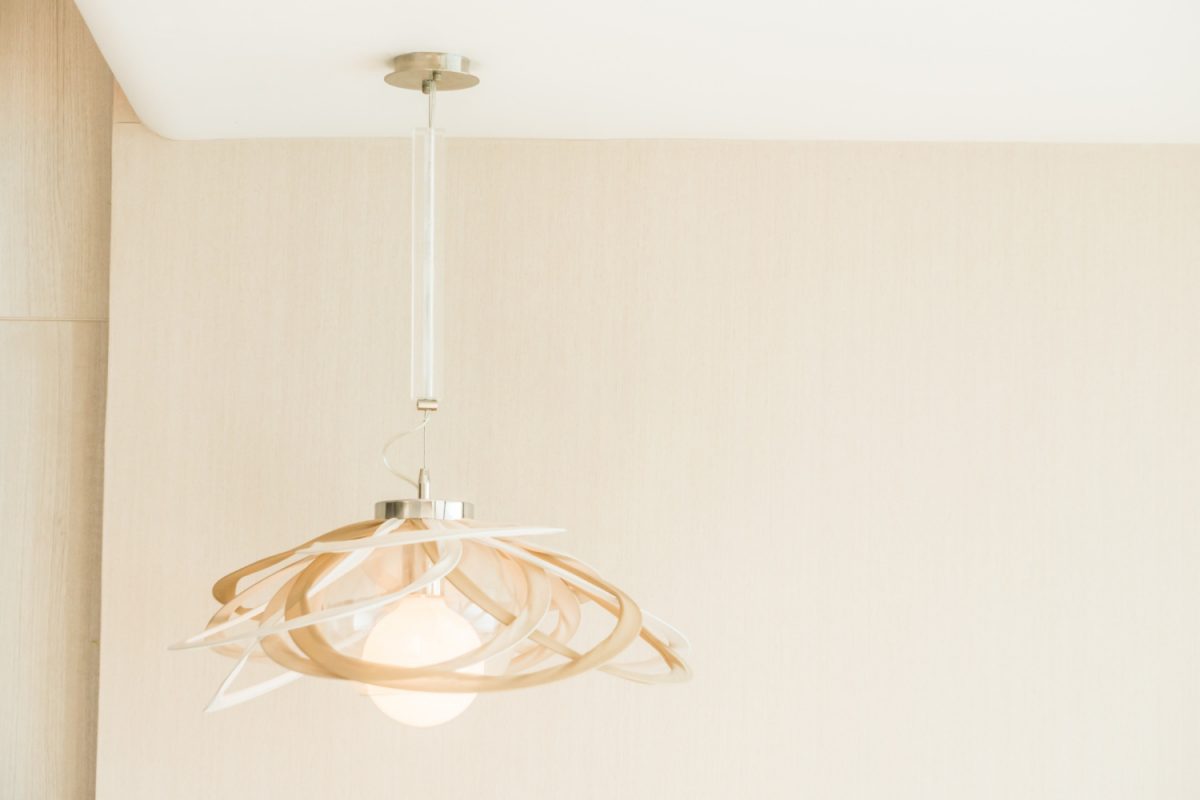
Sponsored article
Many interior designers follow the rule that a room should have more than one source of light. So combine different types of lighting to create the right atmosphere.
There are three types of lighting: task, mood and accent. Ceiling lights are used to illuminate an area or most of a room, so they should be fairly bright. In areas such as hallways, they are usually the only source of light. In bedrooms and living rooms, ceiling lights work with lamps to provide task and accent lighting. Dimmer switches are an interesting addition that instantly turn ceiling lights into eye-pleasing accent lighting.
Choose a ceiling lamp that is bright enough for your room using lumens. First, determine the area of your room (simply multiply the length by the width). You also need to know that:
Multiply the required lumens by the square footage of the room. In a 10 x 12 meter bedroom, you need 2400 lumens. Bulbs have different brightness levels, so check the packaging to determine the number of lumens. Here’s an interesting guideline:
For a 10 x 12 bedroom, you need a ceiling lamp with four 60 watt bulbs or six 40 watt bulbs. For an LED ceiling lamp, choose one that emits 2400 lumens.
Installed directly against the ceiling without a gap, flush mount lamps are ideal for rooms with low ceilings. They are easy to install using existing wiring. The large diameter flush mount fixture will cover the ceiling marks from older, small lamps. Because it fits tightly to the ceiling surface, these lights have other advantages as well:
Ceiling lamps should coordinate with those in your kitchen, dining room chandelier and living room lighting. Even in a traditional home, different rooms require a consistent design plan
Follow these tips to create a cohesive arrangement: